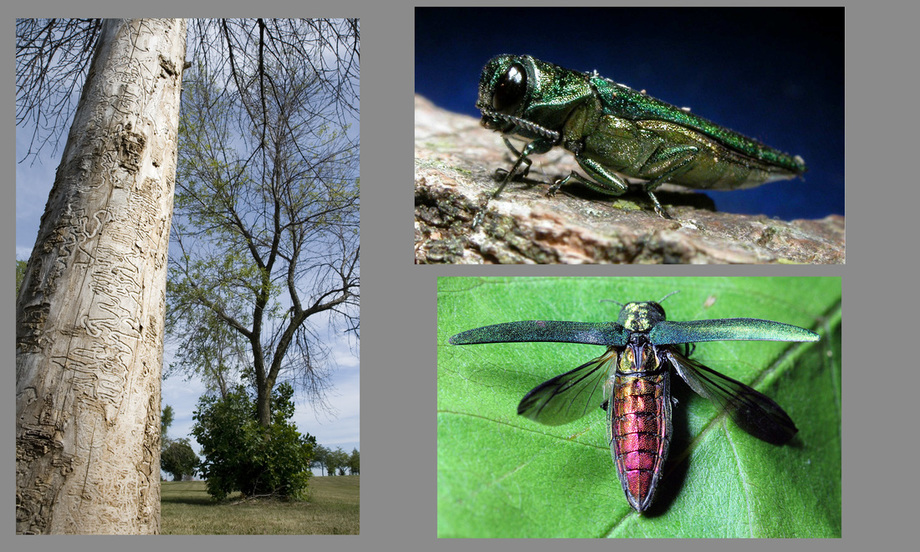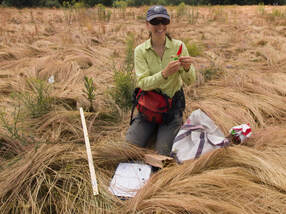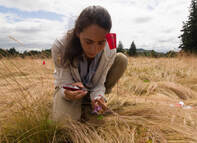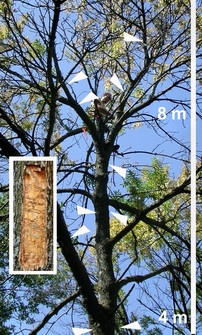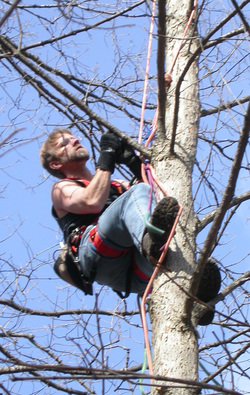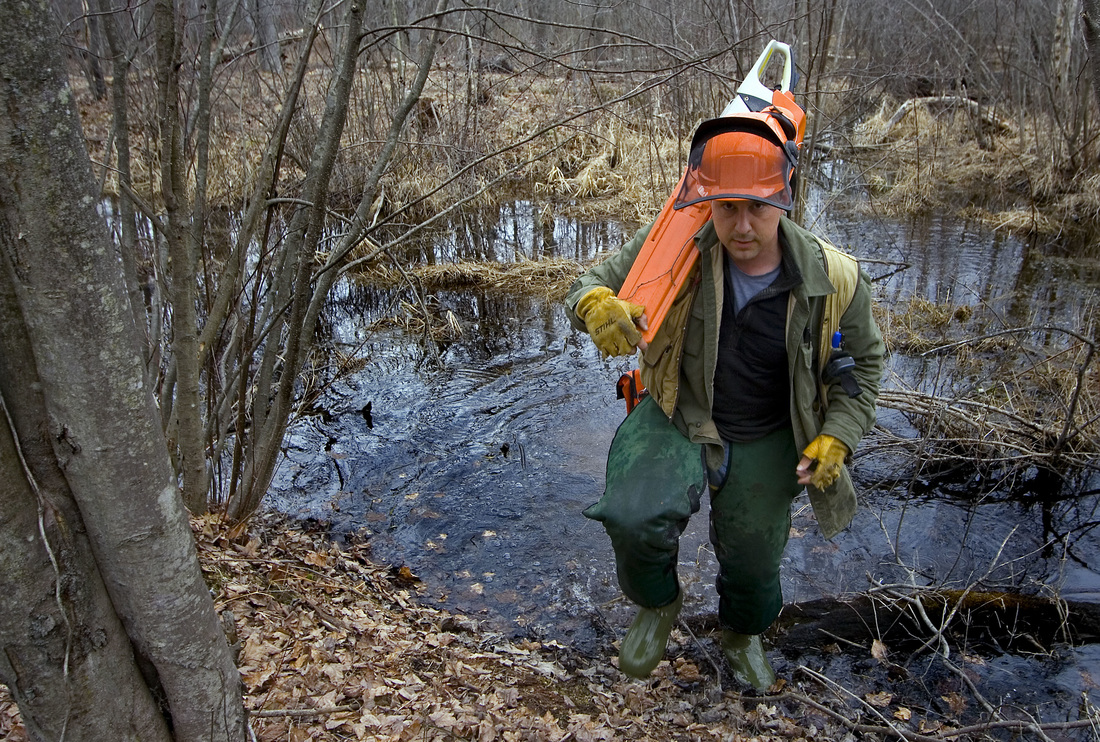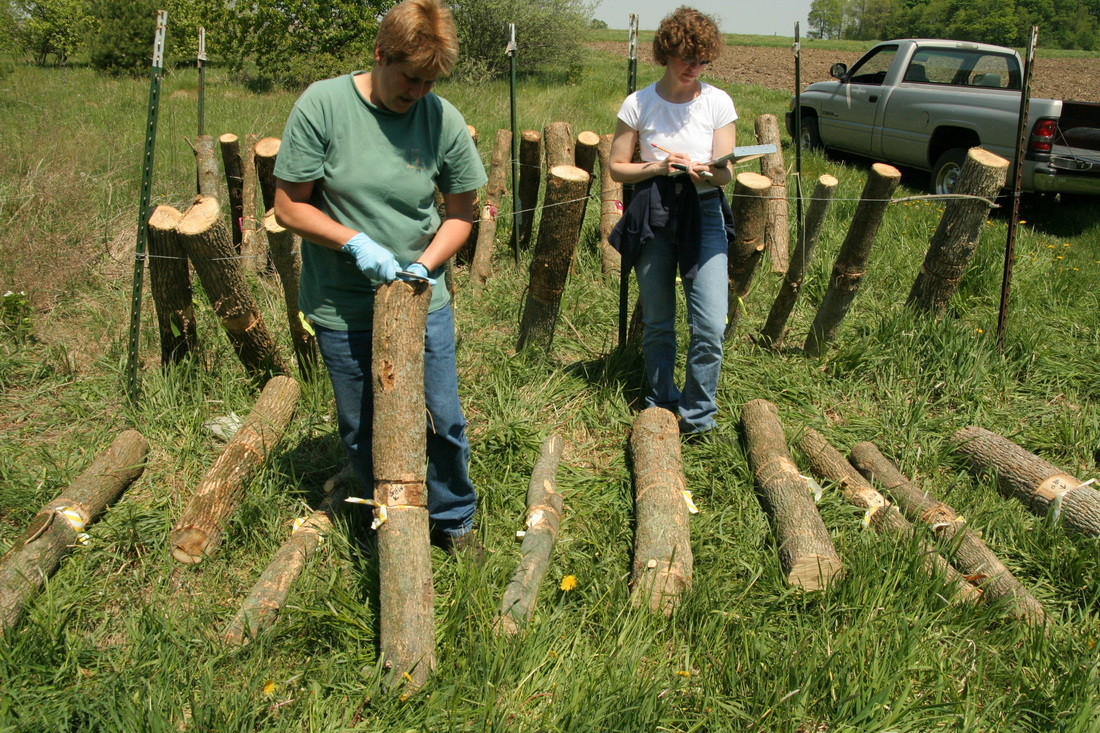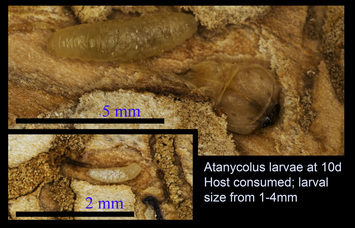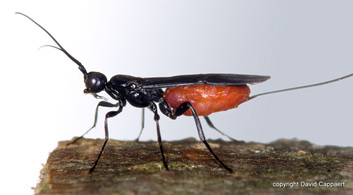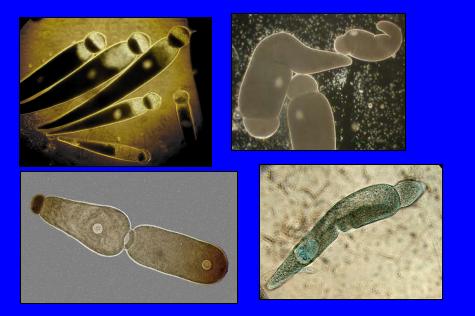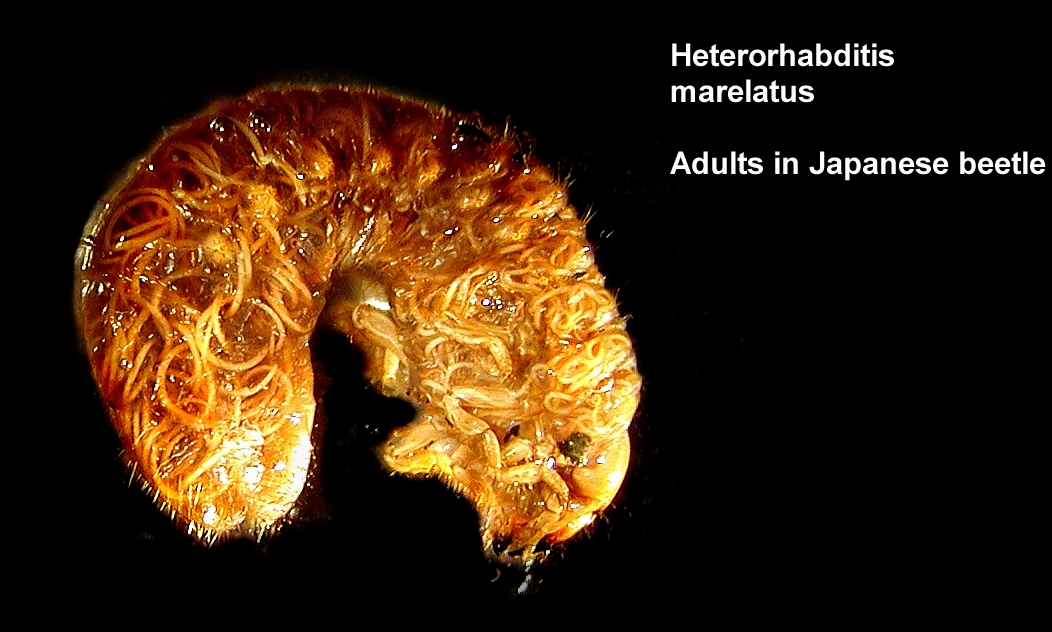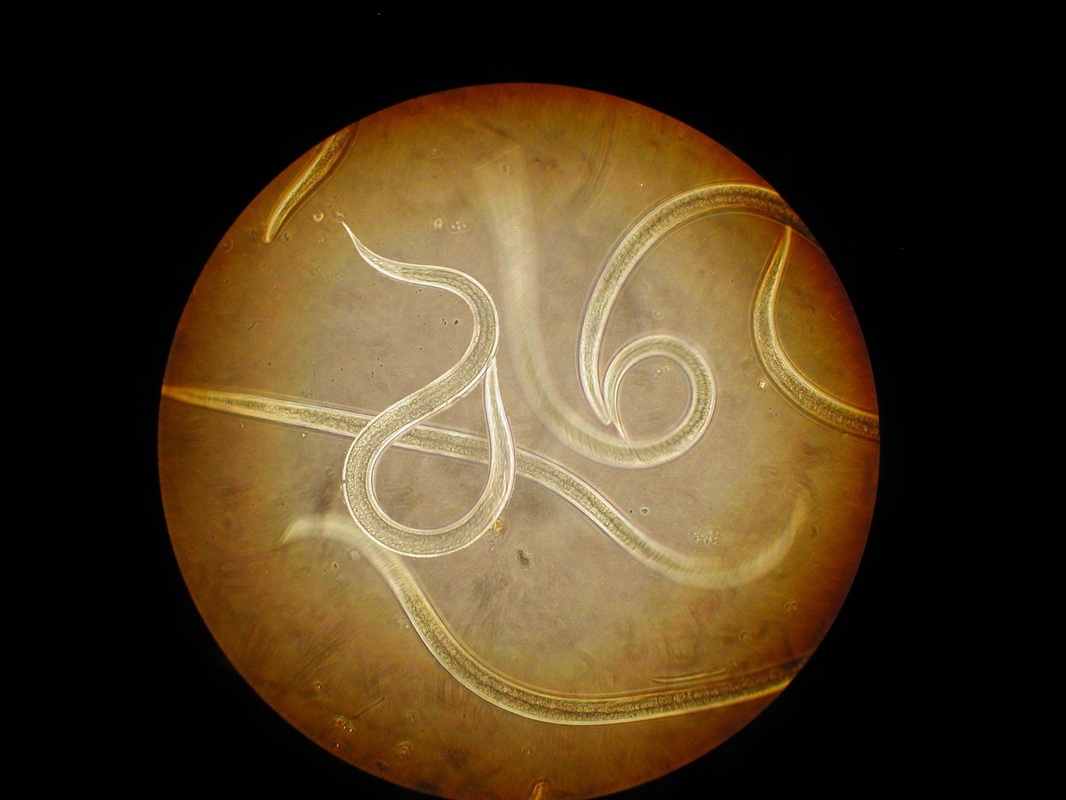Photo left - dead ash trunk showing larval galleries of EAB; tree in the background will die within a year.
Photos right - The charismatic and diabolical EAB adult.
Photos right - The charismatic and diabolical EAB adult.
My entomology career might be summarized in key words for the projects I've done: Colorado potato beetle; Japanese beetle; European chafer; Entomopathogenic nematodes; greenhouse biocontrol. My last topic (2002-2010) was the emerald ash borer, an invasive insect that will likely make ash an uncommon species in North American forests.
In 2019 and 2020, I have been working at the Institute for Applied Ecology in Corvallis Oregon. The work (if you can call it that) involves many hours of sitting in pristine meadows and observing pollinators and their relationship to flowers as they appear and senesce over the season.
I've got about 30 publications, LINK HERE.
Pollination study
There is a set of complicated questions we're exploring, about how pollination networks organize in restored meadows in Western OR/WA. A second project is concerned with the mating system of the Willamette daisy, an endangered species. The work is led by Susan Waters and Tom Kaye (IAE). People below: Susan, Emily Brown, Dave Dubose.
